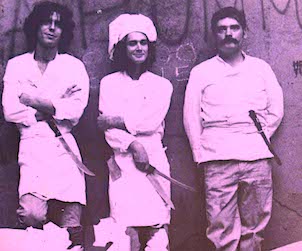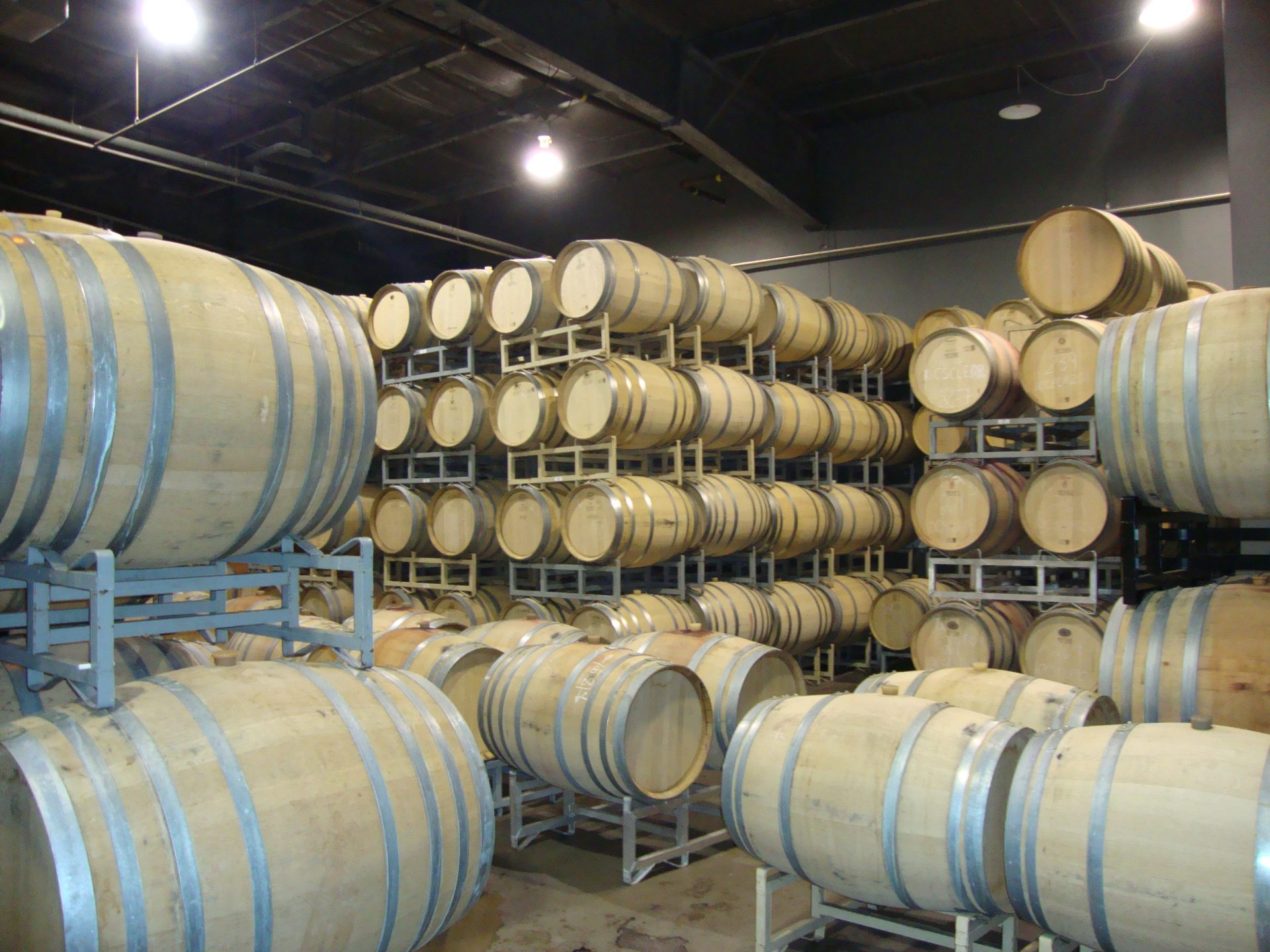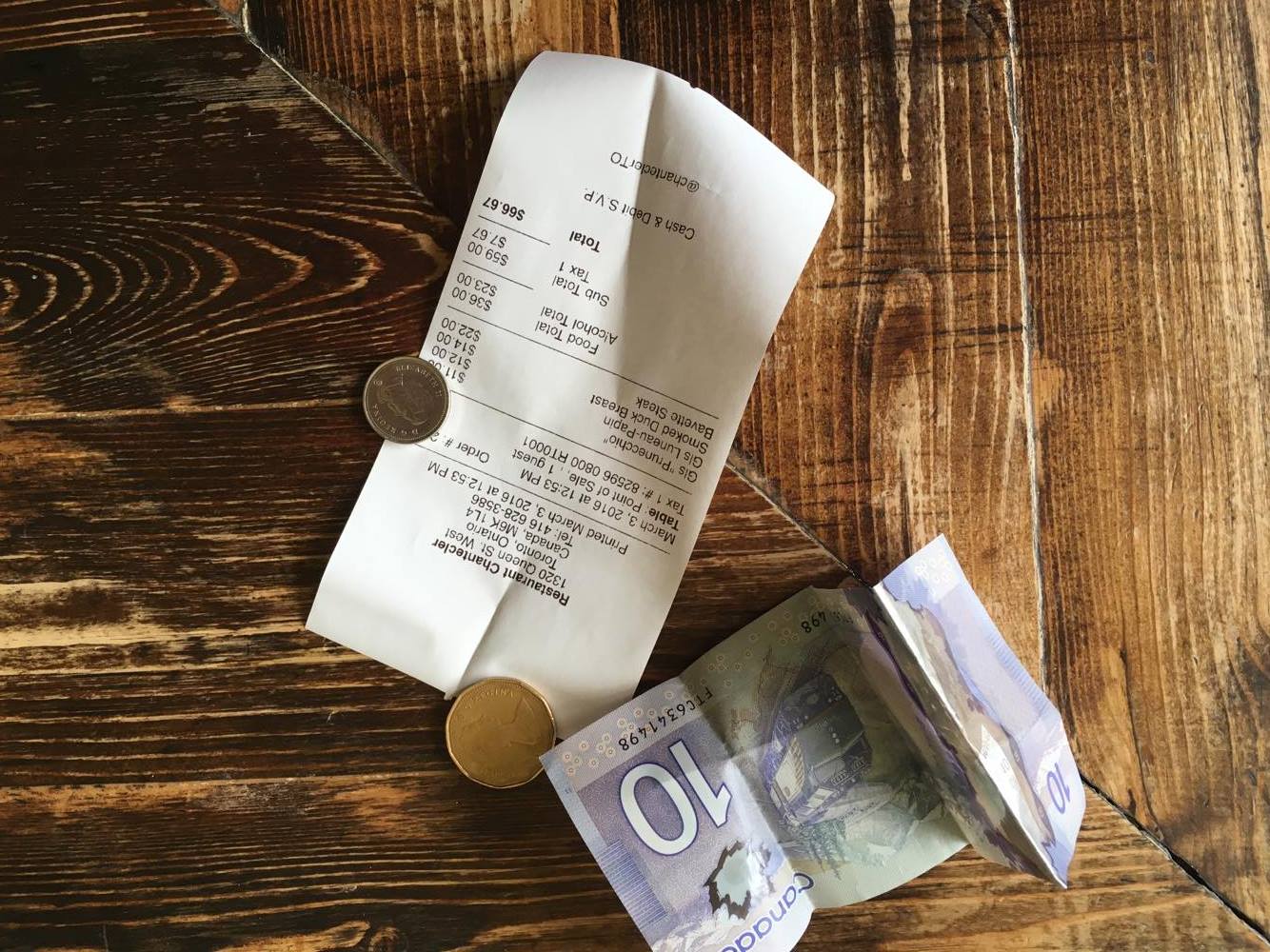By Kylie Meyermann
I’ve spent the majority of my life completely oblivious to the transformational powers olive oil bequeaths to food. To an amateur like myself, olive oil was quite ubiquitous and for a prolonged time, the slick oil was just a substance that prohibited my shallots from burning to a crisp in my copper pan.
However, my impression of olive oil has drastically altered, thanks to the Food Network and Jamie Oliver. Oliver is in my thoughts and prayers each time I drizzle olive oil over a spitting pan, because he is notorious for pouring olive oil on anything and is responsible for myincreased interest in the green-hued oil.
Now, it is extremely unlikely that Mr. Oliver himself will accompany me to the super market and guide me through the intimidating aisle of countless bottles of oil, so I travelled to Toronto’s east end where St. Jamestown Steak & Chops offered a once-in-a-life-time crash course in Italian Olive Oil.
Upon my arrival, I was quickly extended an olive branch (no pun intended) of knowledge, vital to my understanding of the olive oil industry.
Olive Oil, like all artisan cuisine, boils down to the exquisite expression and critical judging of terroir.
For example, did you know that there are professional olive oil tasters, not to mention critiqued olive oil contests? Or that an apple is used as a palate cleanser at degustations (tastings)? That olive oil is made from unripe green olives, and that olives have contrasting flavour profiles that contribute to a producer’s unique blend? That the most coveted olive oils are produced in Tuscany (especially Lucca and Chianti)? That the traditional way to taste olive oil is in the cove between ones thumb and index finger? That authentic Italian olive oil has DOP status, (Protected Designation of Origin)?

The traditional way to sample olive oil is to place the oil in the indent between ones index finger and thumb.
Olive oil production is a very serious industry that requires much skill and dedication in the sport of fabulous cuisine.
Authentic Tuscan olive oil is traditionally made with three varieties of unripe olives: Frantonio, known for its fruity flavor; Moraiolo, famed for its spicy notes; and Leccino, a rich and deeply flavorful olive. Since the olives are picked before ripeness is achieved, the olives lack the acidity necessary for maturing. After October’s harvest, the olive oil is bottled and ready for consumption in January.
For consumers, January through March is the ideal time for restocking ones pantry with olive oil, since the oil is at its freshest. When buying olive oil, filtered premium quality olive oil is the best product since it will stay fresh much longer (a year to 18 months) than unfiltered olive oil, which stays fresh for a mere three months.
A person can spend anywhere from $20.00 upwards to $120.00 on a 17 fl. oz bottle of olive oil. It’s critical then, that a customer has the opportunity to sample a wide line of products, since such a stupendous amount of money is being spent for quality. For citizens of Toronto, Olives&Olives offers a wide selection of quality olive oil with a tasting lounge, perfect for any olive oil amateur or connoisseur. The St. Lawrence Market and the Cheese Boutique also offer exceptional bottles of authentic Italian olive oil for sale.
There are many foods that are indigenous to Canada, but unfortunately olive oil isn’t one of them. When buying olive oil, look for quality that will mimic the exceptional flavours of local ingredients. Since fall is quickly approaching, I know that I will be cooking with olive oil predominately made from Leccino because its rich, deep flavour will accentuate Canada’s rich comforting cuisine.
 Kylie Meyermann is a food fanatic and loves writing about an assortment of artisan cuisine. Follow her on twitter! Kylieswines
Kylie Meyermann is a food fanatic and loves writing about an assortment of artisan cuisine. Follow her on twitter! Kylieswines








